- Home
- slideshows
- miscellaneous
- The world's first floating nuclear power plant, which activists dubbed 'Chernobyl on ice,' has docked in Russia. Photos show its journey.
The world's first floating nuclear power plant, which activists dubbed 'Chernobyl on ice,' has docked in Russia. Photos show its journey.
The Akademik Lomonosov nuclear power plant is designed deliver electricity to remote areas.

Russia began building the plant in the city of Severodvinsk in 2007, then construction moved to the St. Petersburg shipyard a year later.
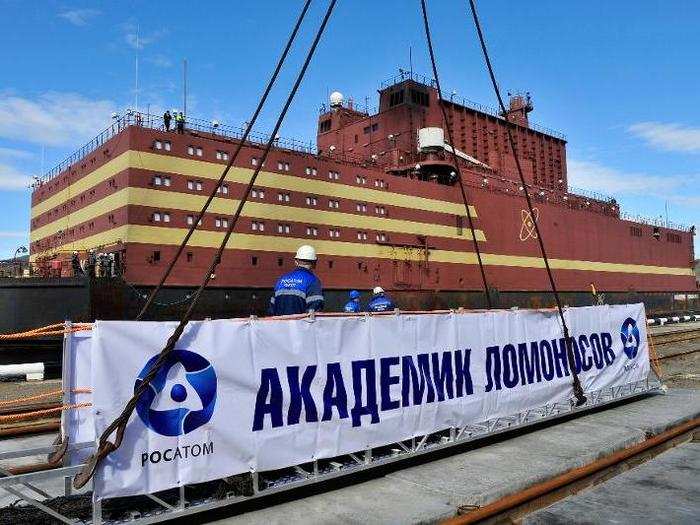
After the Severodvinsk shipyard became overwhelmed with other work orders, the Baltic Shipyard in St. Petersburg was the next logical choice for Rosatom, Russia's state-owned nuclear-energy company, since Soviet nuclear-powered ships were previously manufactured there.
The plant has two nuclear reactors and is also outfitted with a pool, gym, and booze-free bar.
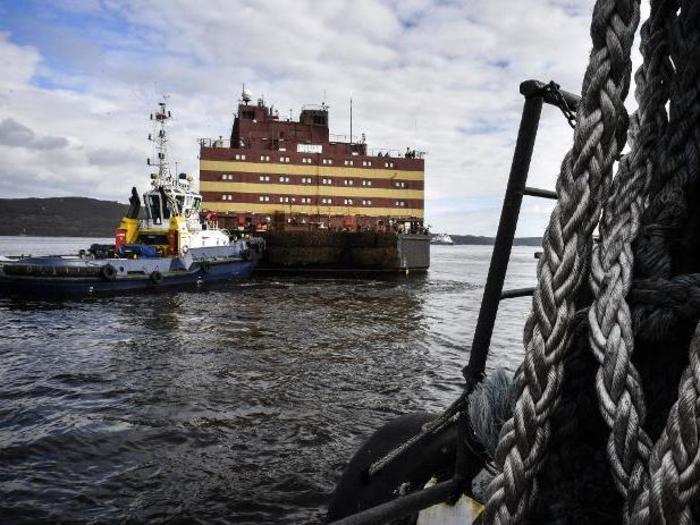
The two reactors produce steam for a turbine that generates electricity. The plant requires a crew of around 70 people.
In 2018, the finished plant stopped off in the city of Murmansk, where it was loaded with nuclear fuel.
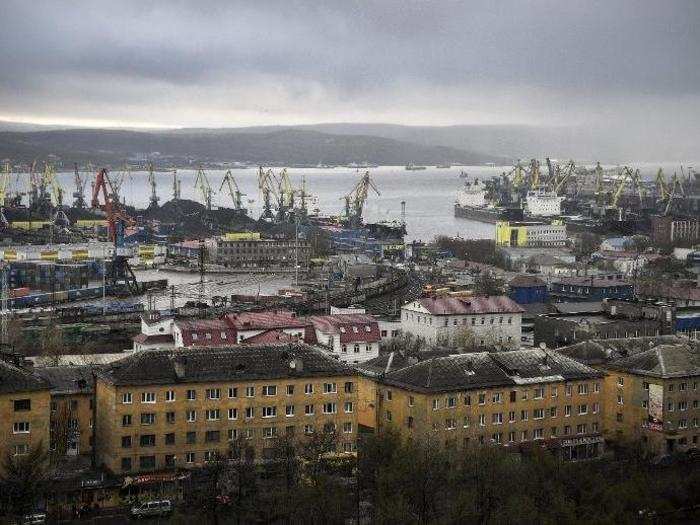
The station needs to be loaded with fuel every three years. Since it won't have easy access to a nuclear-waste storage facility, plans call for the plant to keep spent fuel onboard for up to 12 years. The reactors are designed to last for 40 years.
Around the same time, environmentalists expressed concern about what might happen if a nuclear accident were to occur on the ship. Several dubbed the plant "Chernobyl on ice."
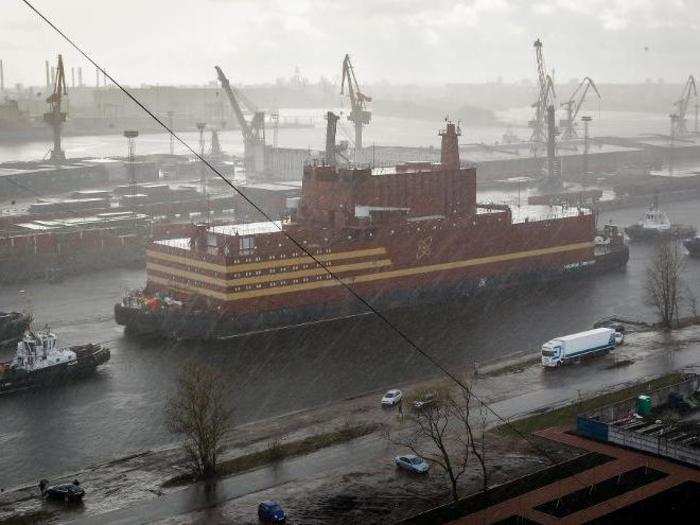
Nuclear plants have faced heavy scrutiny since the Chernobyl accident in 1986 forced the evacuation of an entire city and caused widespread contamination across Europe.
In 2018, Jan Haverkamp, a nuclear-energy expert at the environmental nonprofit Greenpeace, published a blog post that referred to the floating plant as "Chernobyl on ice."
"You cannot compare the force that came out of Chernobyl with what could come out here, but what you can compare is the attitude that was shown during the construction of this floating nuclear power station," he told Business Insider. "Rosatom has done its very best to keep independent oversight at arm's length during the entire construction phase. That is a recipe for catastrophe."
The plant set sail on a 3,100-mile ocean voyage to Pevek, an Arctic port to the west of Alaska, on August 23.
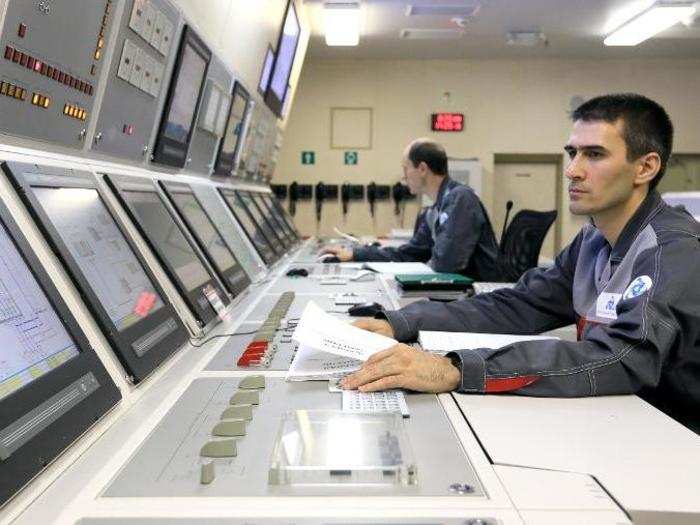
Pevek, Russia's northernmost town, is separated from Alaska by the Bering Strait. Anchorage, Alaska, is about 1,250 miles away.
The plant arrived in Pevek less than a month later, on September 14.
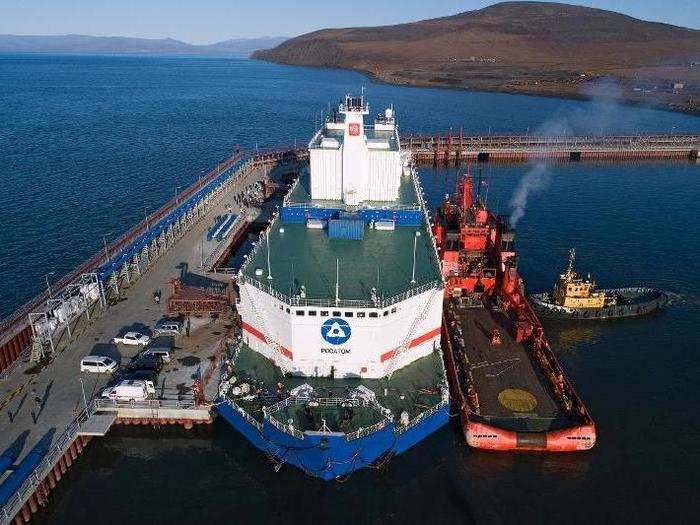
A fleet of tugboats carried the vessel to Pevek.
Activists had been concerned about what might happen if the plant were to crash into coastal rocks on its journey to Pevek, but the trip went smoothly.
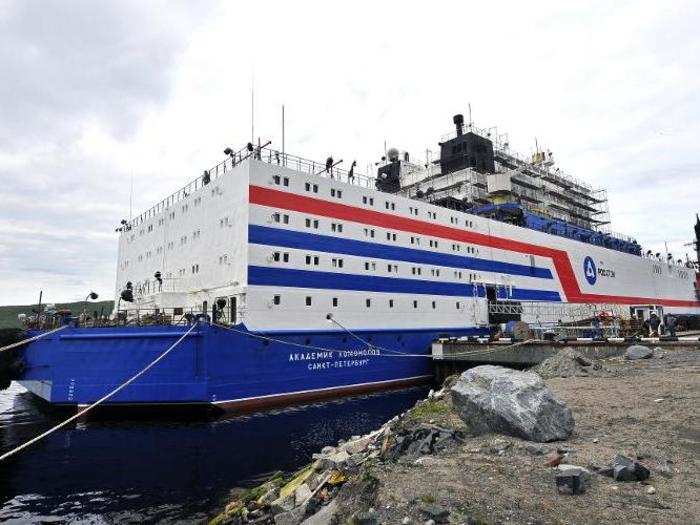
Haverkamp's biggest concern about the floating plant was the lengthy trek to Pevek, which he said was "potentially hazardous" due to the rocky coastline that borders the Arctic Ocean.
If Akademik Lomonosov had crashed into coastal rocks, Haverkamp said, its fuel could have melted and triggered an explosion once it hit the water.
The plant is expected to provide electricity for an estimated 100,000 homes in the remote region of Chukotka.
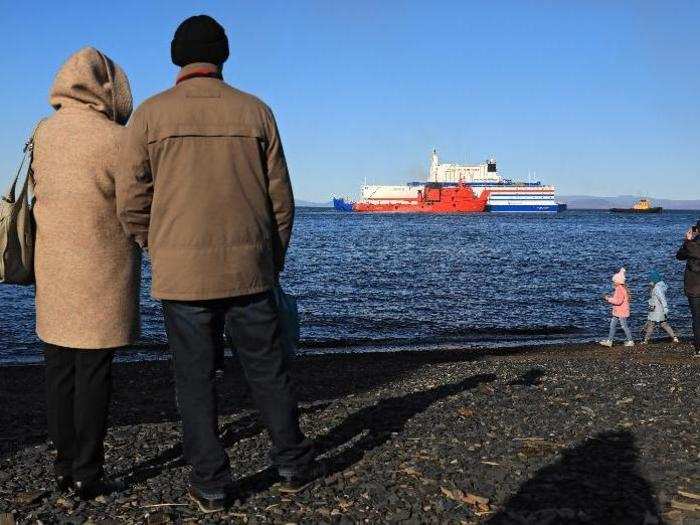
The floating power plant will replace a coal-fired power plant and an old nuclear plant that are currently servicing the area.
Russia eventually hopes to mass-produce similar floating power plants for other nations.
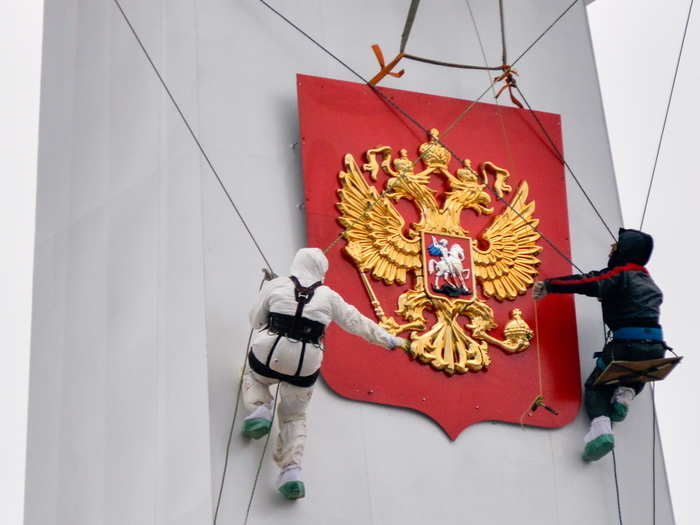
China, Indonesia, Malaysia, Algeria, Namibia, Cape Verde, and Argentina have all reportedly expressed interest in acquiring their own floating nuclear plants.
Generating nuclear energy creates less air pollution and fewer carbon emissions than using fossil fuels.
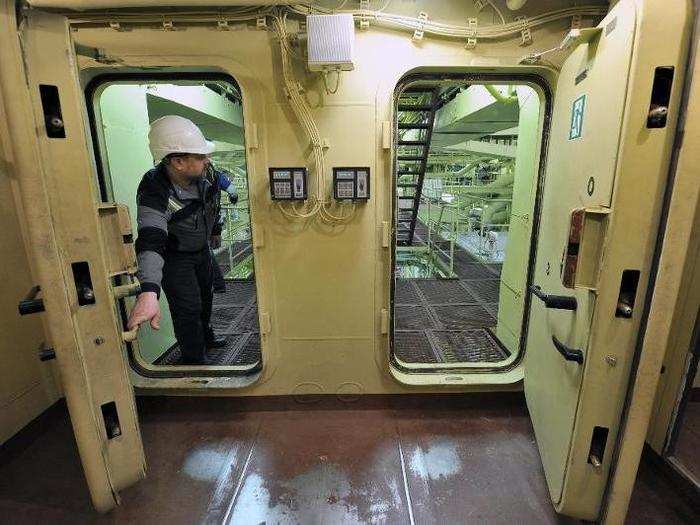
In a 2018 report, the International Atomic Energy Agency wrote that "many countries intend to introduce nuclear power" or expand their existing nuclear programs in an effort to address climate change.
Nuclear plants also tend to be cheaper to run than coal or natural-gas plants.
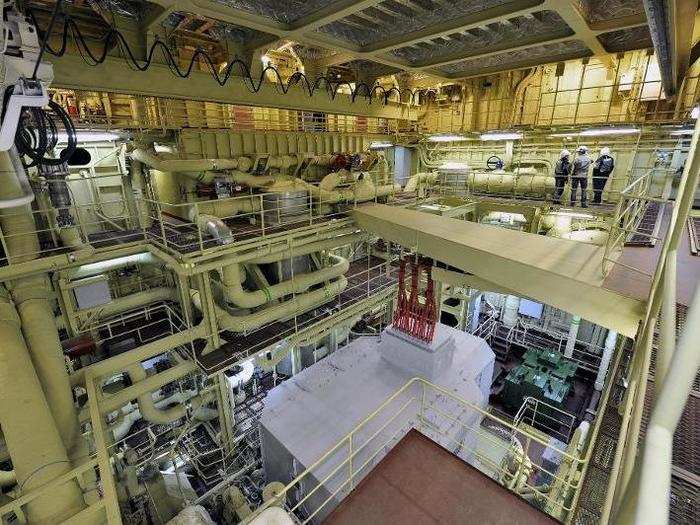
Nuclear plants release more energy using less fuel, so fuel costs are lower. The World Nuclear Association estimates that the fuel costs of a nuclear power plant are about a third to a half of the costs of a coal-fired plant.
But Haverkamp said the floating nuclear plant is "riskier than running an ordinary nuclear-power station, and Russia has a checkered past when it comes to ordinary power stations."
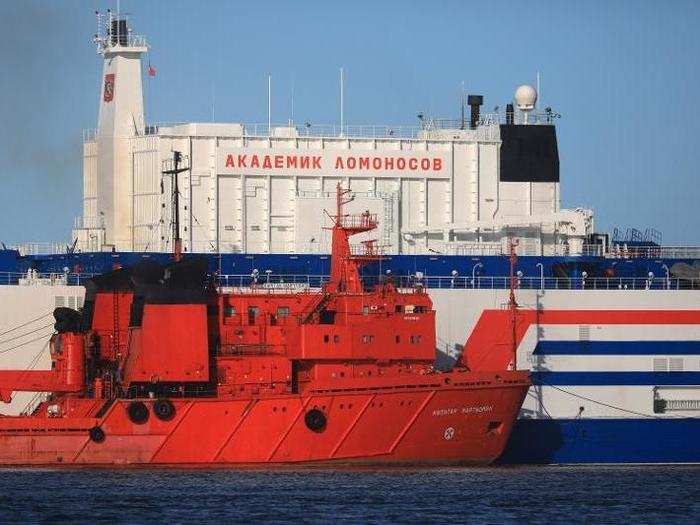
Haverkamp added that it could take longer than a day for emergency-response teams to reach the barge in the event of a disaster. Environments also worry that the presence of spent nuclear fuel onboard could raise the risk of damage if a meltdown were to occur.
But Akademik Lomonosov's deputy director recently told CNN that the station has a backup system that can cool the reactors without electricity for 24 hours if an accident happens.
Popular Right Now
Popular Keywords
Advertisement